
How to make a good quality feeder cable?
The creation of an antenna involves the assembly and fusion of diverse components, with the feeder cable being the initial stage for gauging antenna quality. This step also holds significant importance in the entire process.

Is the higher the gain the better?
In our routine technical interactions with customers, a common dialogue frequently unfolds: Customer: "Do you offer high-gain antennas?" Me: Certainly, what level of gain are you aiming for? Customer: The higher, the better!

Antenna main technical data and their meanings
Gain represents the ratio of the power density of the signal emitted by the real antenna, at a given point in space, to the power density produced by an ideal radiating element under the same input power conditions. Essentially, gain measures how efficiently an antenna focuses the input power into a specific direction.

How to choose the right antenna?
In product development, hardware engineers, system engineers, and test engineers often face the task of selecting suitable antennas. For those from non-communication or non-electromagnetic fields, antennas might seem like a complex topic. However, for professionals with expertise in antennas, the process of choosing the right antenna is more familiar. Let's delve into this topic further.
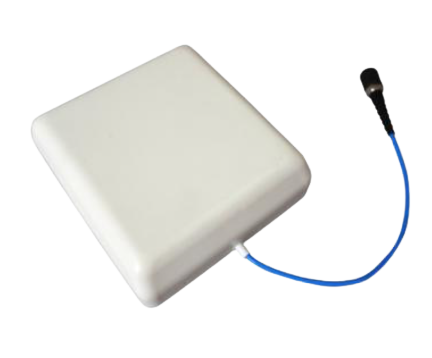
How to install an antenna to achieve the desired performance?
Ensure that there are no obstructions in front of the antenna, particularly metal obstructions. Metal elements like rods, cables, and high-voltage lines can significantly disrupt the antenna's performance.

What is the Antenna Polarisation?
Antenna polarization holds pivotal significance during antenna selection and installation. Mismatched polarizations between transmitter and receiver antennas can lead to up to a 20 dB signal loss. Commonly, antennas employ vertical, horizontal, or circular polarizations to ensure effective communication.
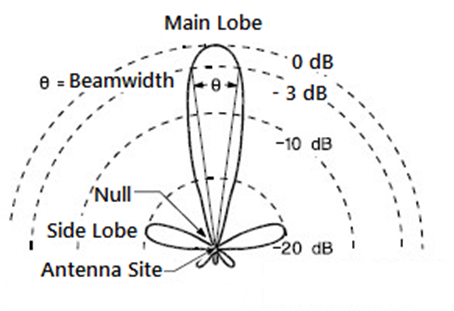
What is Antenna Beamwidth?
Antenna beamwidth is the angular range of an antenna's main radiation lobe, where the strongest signal power is emitted. It's usually measured as the angle between two points on the main lobe, called half-power points or -3dB points. These points represent where the radiated power drops to half of its peak value. Beamwidth is measured in degrees and can be taken horizontally or vertically.

What is Antenna Efficiency?
Antenna Efficiency is the ratio of power radiated (Prad) by the antenna to the power supplied (Ps) to the antenna. The efficiency of an antenna is usually measured in an anechoic chamber where an antenna is fed with some power and the strength of the radiated electromagnetic field in the surrounding space is measured.
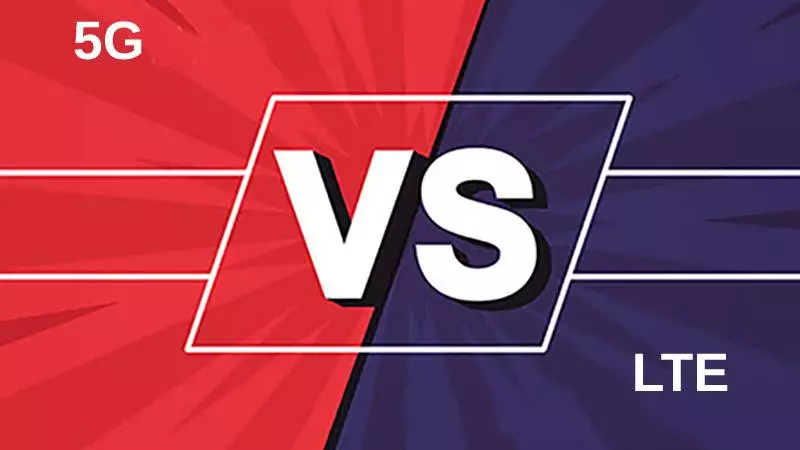
Comparing 5G and LTE: Which Offers Superior Performance?
5G offers significant improvements over LTE, making it a better choice for future mobile communication needs. Its unparalleled data speeds, lower latency, higher device density, and improved network efficiency open up a world of possibilities for innovative applications and services.

Is 600MHz the Next Key Frequency Band for 5G?
With increasing demand for faster, reliable wireless communication, the race to deploy 5G networks is heating up. A key factor in 5G deployment is choosing the right frequency band. Higher frequencies mean blazing-fast data speeds but limited coverage, while lower frequencies offer better coverage but sacrifice some speed. The 600MHz band, among lower-frequency options, is attracting attention for its potential to balance coverage and performance.

The Sub-1GHz ISM Frequency Band: What's It All About?
In the world of wireless communication, the Sub-1GHz ISM frequency band, a subset of the Industrial, Scientific, and Medical (ISM) band, holds significance due to its unique characteristics and widespread use. Covering a frequency range from approximately 300MHz to 1GHz, with common frequencies like 315MHz, 433MHz, 868MHz, and 915MHz, this band is gaining popularity in the Internet of Things (IoT) era, and this blog explores its applications and relevance.

How do Seasonal Changes Affect Antenna Performance?
Antennas play a pivotal role in our everyday lives, enabling seamless wireless communication. However, what many may not realize is that antenna performance can be influenced by the changing seasons. In this blog post, we will explore the intriguing relationship between seasonal changes and antenna performance, shedding light on the impact of environmental factors on signal quality.
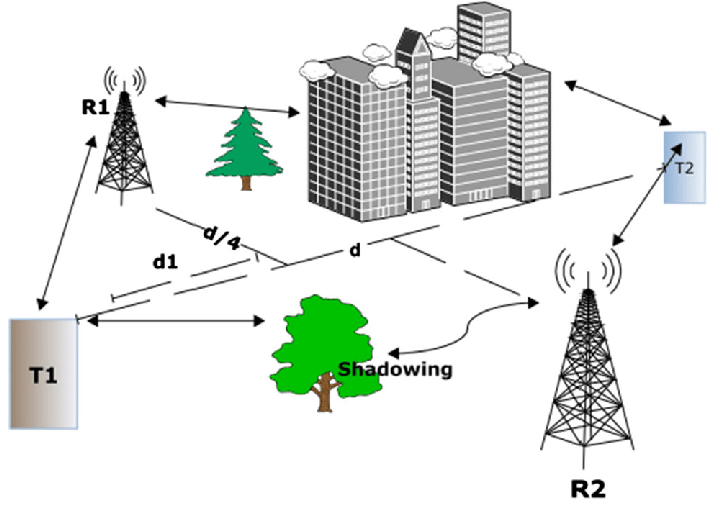
Enhancing Connectivity: Exploring Three Antenna Technologies for Better Signals
In today's interconnected world, where seamless communication is paramount, antennas play a pivotal role in ensuring reliable connectivity. From smartphones to Wi-Fi routers and beyond, antennas come in various forms, each with its unique capabilities and applications. In this blog, we'll delve into three intriguing antenna technologies that are revolutionizing the way we stay connected.

The Sub-1GHz ISM Frequency Band: What's It All About?
In the world of wireless communication, the Sub-1GHz ISM frequency band, a subset of the Industrial, Scientific, and Medical (ISM) band, holds significance due to its unique characteristics and widespread use. Covering a frequency range from approximately 300MHz to 1GHz, with common frequencies like 315MHz, 433MHz, 868MHz, and 915MHz, this band is gaining popularity in the Internet of Things (IoT) era, and this blog explores its applications and relevance.

Exploring the Evolution of Antennas: From Simple Rods to Smart Arrays
Antennas have long been the unsung heroes of our connected world, quietly facilitating communication across vast distances. From the simple dipole antennas of yesteryears to the sophisticated phased arrays of today, the evolution of antenna technology has been nothing short of remarkable. In this blog post, we'll take a journey through time and explore three significant milestones in the development of antennas, showcasing their transformative impact on telecommunications.
drop us a line and keep in touch
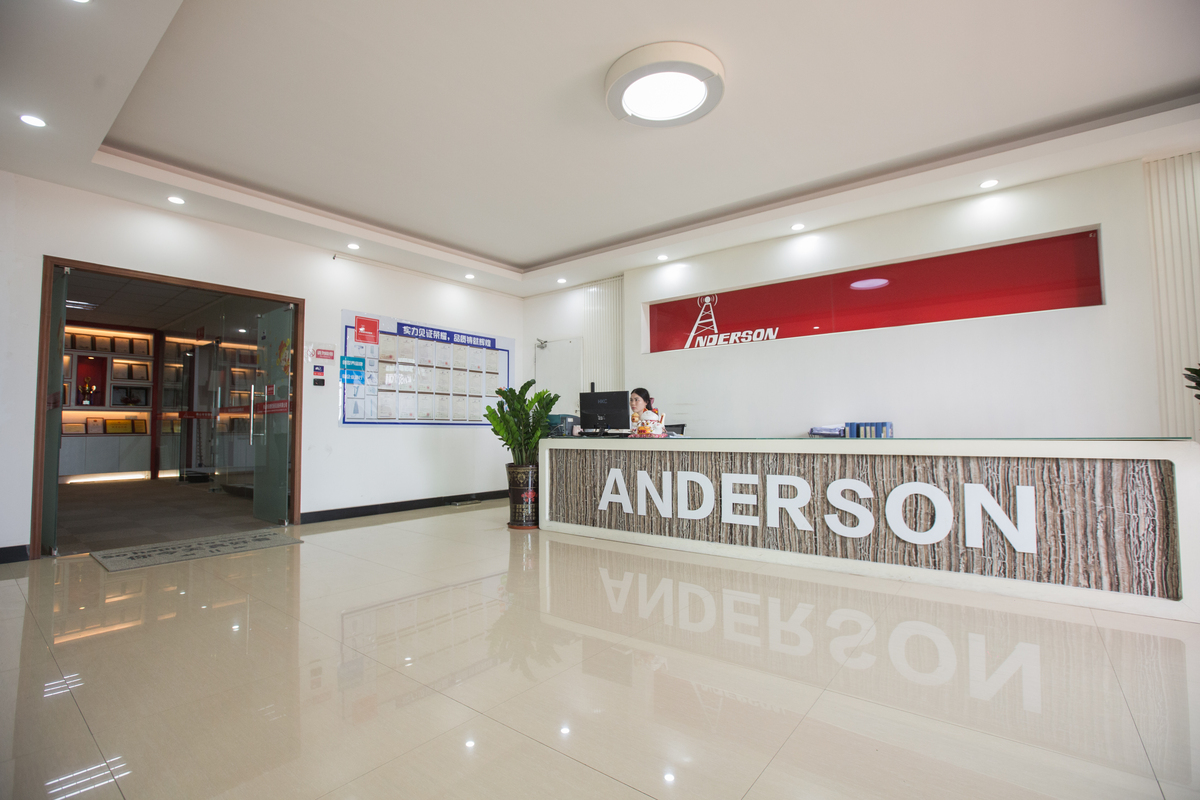

ACPjeqxGmJ
nice to meet you! what can i do help you ?